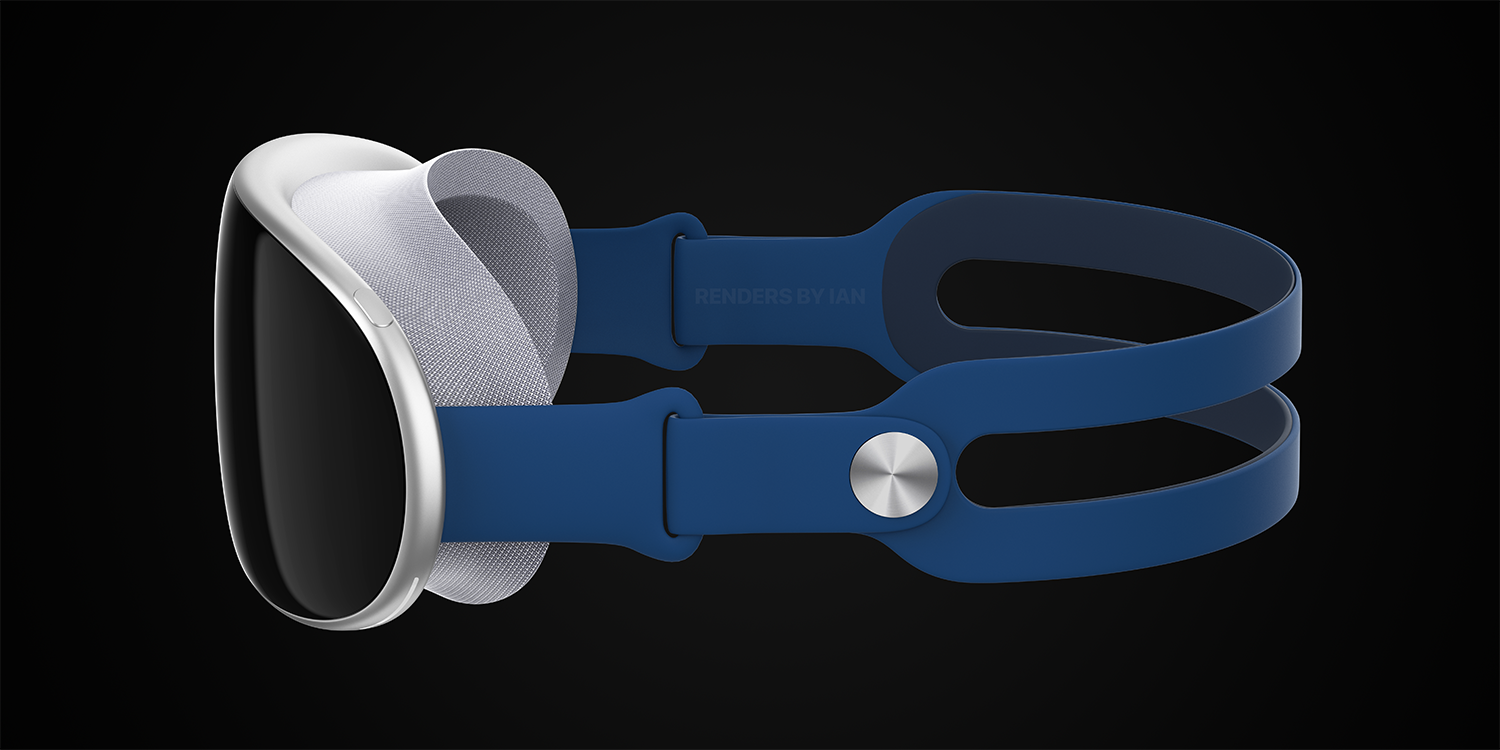
Apple is expected to introduce four new iPhone models later this year: iPhone 15, 15 Plus, 15 Pro, and 15 Pro Max. All four models will get a new design, but the screen sizes will remain the same as today. At the same time, only the 15 Pro Max model is rumored to get a periscope lens for better optical zoom. But according to analyst Ming-Chi Kuo, the regular iPhone 16 Pro will also get a periscope lens in 2024.
iPhone 16 Pro with periscope lens
Rumors about the iPhone 15 lineup suggest that only the larger iPhone 15 Pro Max will get a periscope lens on its rear camera. The periscope lens relies on a prism that reflects light to multiple internal lenses at 90 degrees to the camera sensor. This allows the length of the lens to be much longer than a telephoto lens, which results in a much better optical zoom.
It’s uncertain whether Apple will try to match the 10x zoom of Samsung’s Galaxy S23 Ultra or whether the company will opt for a 6x lens as some analysts suggest. In any case, it seems almost “confirmed” at this point that this technology will be exclusive to the 15 Pro Max model.
But analyst Ming-Chi Kuo said on Tuesday that Apple already plans to put the periscope lens on the smaller Pro model as well. This won’t happen with the iPhone 15 Pro, but with the iPhone 16 Pro in 2024. Kuo heard from sources familiar with Apple’s supply chain that iPhone 16 Pro will get a slightly larger display. This will allow the company to fit the periscope lens on both models, not just the Pro Max.
Currently, iPhone 14 Pro has a 6.1-inch display, while iPhone 14 Pro Max has a 6.7-inch display. While iPhone 15 Pro and iPhone 15 Pro Max are expected to keep the same screen size, we don’t know what the new screen sizes will be for the iPhone 16 lineup. Kuo believes that Cowell will be the main supplier of the periscope camera for the iPhone 16.
Apple’s mixed reality headset

On the same note, Kuo reiterated rumors about Apple’s mixed reality headset. While the first generation is expected to be announced next month at WWDC 2023, the company has already been working on the second generation of the device. The analyst again said that there will be a high-end and a low-end, more affordable version, as the first headset is expected to cost $3,000.
Given that Apple will have two and not just one headsets available on the market by 2025, Kuo believes that the second-generation models will sell 10 times more than the first-generation ones.
Read also:
- New ‘xrOS’ wordmark registered by Apple ahead of AR/VR headset announcement
- Apple makes headway on Reality Pro development, leaves testers ‘blown away’
FTC: We use income earning auto affiliate links. More.




Comments